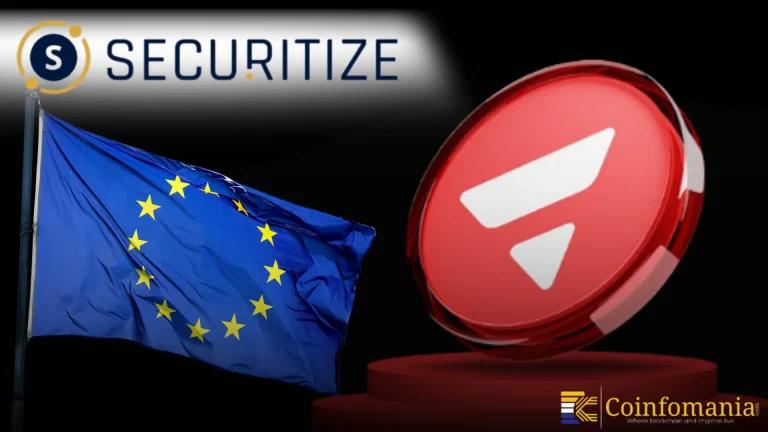LuBian Wallet Moves $1.1B BTC After 3 Years
"Let's uncover the mystery behind LuBian's $1.1B BTC movement after 3 years and the US government's $14B seizure.

Quick Take
Summary is AI generated, newsroom reviewed.
A wallet linked to the LuBian hack moved 9,757 BTC after three years of inactivity, raising concerns about potential liquidation.
The U.S. government plans to seize 127,271 BTC associated with the LuBian hack, marking the largest Bitcoin forfeiture in history.
The LuBian hack, which occurred in December 2020, remains the largest crypto heist ever recorded.
The situation underscores significant vulnerabilities in crypto security and the need for enhanced protective measures.
In a surprising turn of events, a Bitcoin wallet linked to the notorious LuBian mining pool has been reactivated after being inactive for three years and transferred an astonishing 9,757 BTC worth almost $1.1 billion. The movement of this wallet has sent waves to the crypto community. It is questioning what the wallet intended to do and what it means for crypto security as a whole.
The significance of the timing of this activity is amplified by reports that the U.S. government has plans to seize 127,271 BTC worth approximately $14.4 billion tied to a LuBian hack. If this massive forfeiture is true, it will be the largest Bitcoin seizure ever. It will also bring the spotlight to issues with vulnerabilities in the crypto ecosystem.
🚨BREAKING: A LuBian wallet holding 9,757 $BTC ($1.1B) just woke up after 3 years, moving ALL its #Bitcoin holdings.
— Coin Bureau (@coinbureau) October 15, 2025
This comes a day after reports that the US gov plans to seize 127,271 BTC ($14.4B) linked to the #LuBian hack. pic.twitter.com/s8vXrcdyWy
The LuBian Hack
In December 2020, the LuBian was one of the largest Bitcoin mines in China. It fell victim to a large security breach. Hackers exploited an issue in LuBian’s private key development algorithm and managed to steal 127,426 BTC, which was roughly worth $3.5 billion at the time.
After the attack, LuBian stopped operating without providing any sort of explanation. The funds were not moved from the hacker’s wallet until mid-2024 when the hacker moved them to a single address. This movement further suggested the hacker was preparing to move the stolen funds.
The $1.1 Billion Transfer: What Does It Mean?
The recent transfer of 9,757 BTC from the hack wallet has raised concerns about the possible liquidation. Analysts have conflicting opinions on the transfer’s purpose, as some believe the hacker may be looking to sell while others speculate it is simply to improve security.
The timing of the transaction is quite important to note. It comes at the same time that some sources report that the U.S. government is preparing to seize 127,271 BTC from accounts involved in the LuBian hack. This has led some to wonder if this indicates that the hacker is trying to move funds before they can be seized.
Implications for Crypto Security
The LuBian hack and the movement of stolen funds thereafter point to major weaknesses in the cryptocurrency system. It highlights the necessity of strong private key infrastructure, and a better security process for mining pools and other aspects of cryptocurrency infrastructure.
In addition, the involvement of the U.S. government seizing the stolen funds raises issues regarding state actor intervention in the crypto space and whether similar actors intervene in similar situations in the future.
Final Thoughts
The reactivation of the LuBian wallet, combined with the U.S. government’s attempts to recover the stolen BTC. This has brought issues of crypto security back into the headlines. This important case highlights the insecurity of the crypto space. Also there is the need for better protocol so that these issues do not repeat in the future.
Follow us on Google News
Get the latest crypto insights and updates.
Related Posts

Avalanche Sees Major Breakthrough as Securitize Gains EU Approval for Regulated Trading
Vandit Grover
Author

Strategy Raises Confidence With a Fresh Look at Its Financial Backbone
Vandit Grover
Author

Visa and AquaNow Push Stablecoin Innovation Toward Mainstream Adoption
Vandit Grover
Author